Eco Friendly Flood Prevention for Flood Prone Areas: Is It Possible?
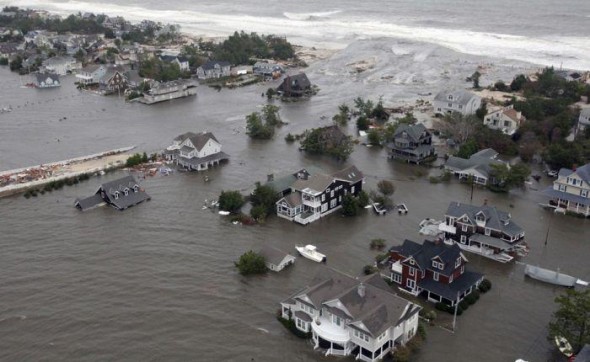 Floods are a damaging thing to lives and to property. However, the bad reputation that dams have with stream and fish health has had many areas re-thinking their flood control strategies. Preventing water damage in flood-prone areas is possible in a number of eco-friendly ways. This can be done both in a natural way with plants and landscaping choices, as well as, with different building choices in more urban or residential areas. Much of the trick of this is water control.
Floods are a damaging thing to lives and to property. However, the bad reputation that dams have with stream and fish health has had many areas re-thinking their flood control strategies. Preventing water damage in flood-prone areas is possible in a number of eco-friendly ways. This can be done both in a natural way with plants and landscaping choices, as well as, with different building choices in more urban or residential areas. Much of the trick of this is water control.
Here are some of the most popular and effective local flood control methods:
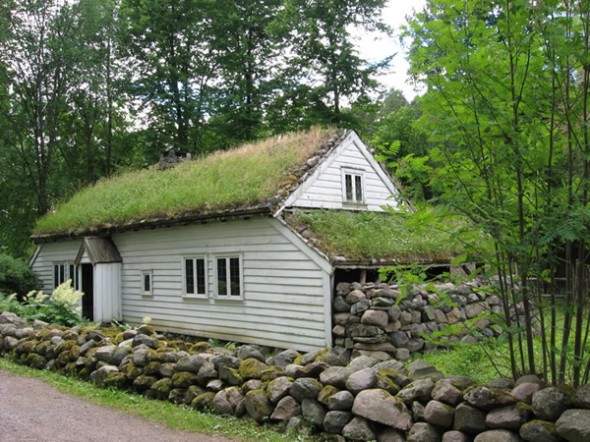 Green Roofs: In the city, there are a number of effective ways to keep water levels down. Green roofs are a great way to prevent runoff to the street. Roofs are planted with living grasses or other plants, and most of the water in a rainstorm goes instead to keeping these plants alive. The planting bed provides excellent insulation, and can keep a building even warmer as a bonus.
Green Roofs: In the city, there are a number of effective ways to keep water levels down. Green roofs are a great way to prevent runoff to the street. Roofs are planted with living grasses or other plants, and most of the water in a rainstorm goes instead to keeping these plants alive. The planting bed provides excellent insulation, and can keep a building even warmer as a bonus.
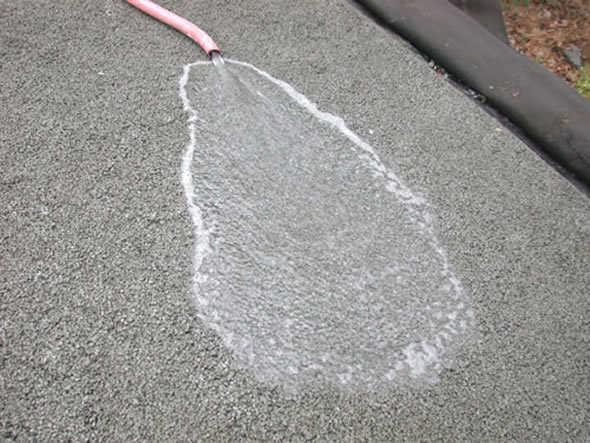 Permeable Concrete: One of the biggest reasons that water levels get high is because paved areas prevent water from soaking into the ground evenly. Water on paved roads and sidewalks will gain speed, which means it has more power to erode areas when it does reach grass or dirt. Choosing specially-designed concrete that will allow water to soak in or concrete blocks with holes in them to allow grass to grow and use some of the water will help mitigate high water in paved areas.
Permeable Concrete: One of the biggest reasons that water levels get high is because paved areas prevent water from soaking into the ground evenly. Water on paved roads and sidewalks will gain speed, which means it has more power to erode areas when it does reach grass or dirt. Choosing specially-designed concrete that will allow water to soak in or concrete blocks with holes in them to allow grass to grow and use some of the water will help mitigate high water in paved areas.
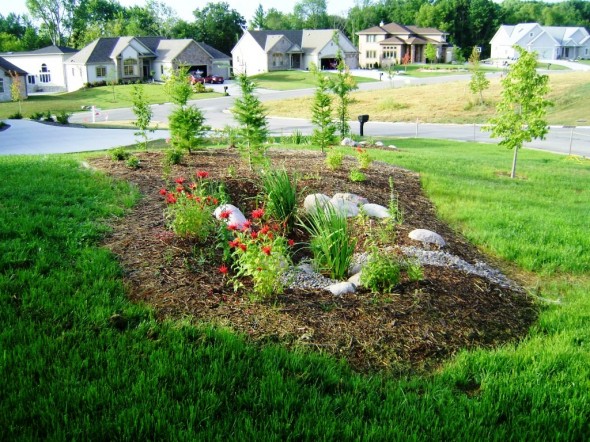 Rain Gardens: Rain gardens are areas designed to hold extra water. They are often placed in high water risk areas. A rain garden has a deep, spongy area designed to hold a lot of extra water, surrounded by a berm that is meant to keep the water from spreading. It often is made by gravel with a large berm around it that has lovely plantings. The gravelled area can sometimes have water plants to make it pretty, and it works like an underground holding tank for water.
Rain Gardens: Rain gardens are areas designed to hold extra water. They are often placed in high water risk areas. A rain garden has a deep, spongy area designed to hold a lot of extra water, surrounded by a berm that is meant to keep the water from spreading. It often is made by gravel with a large berm around it that has lovely plantings. The gravelled area can sometimes have water plants to make it pretty, and it works like an underground holding tank for water.
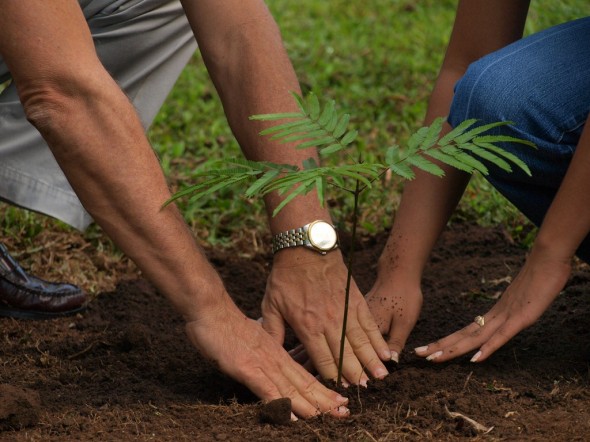 Tree Planting: Sounds simple, but it works. Trees are one of the best ways to pull extra water from the ground. Groundcovers and shrubs that grow under the trees can be effective ways to keep rising water from gaining speed and often will use much of the extra water from a heavy rain or nearby runoff. Trees and plants are one of them most effective ways to keep high water from becoming damaging.
Tree Planting: Sounds simple, but it works. Trees are one of the best ways to pull extra water from the ground. Groundcovers and shrubs that grow under the trees can be effective ways to keep rising water from gaining speed and often will use much of the extra water from a heavy rain or nearby runoff. Trees and plants are one of them most effective ways to keep high water from becoming damaging.
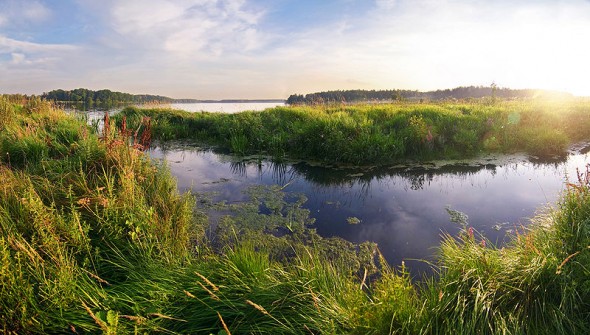 Wetlands: Swamps, swales, bogs, fens, and other wetlands are nature’s way of holding water in protected areas. Though many people want to drain these areas, keeping them will allow them to be catchment areas during high-level rain events. This can prevent a lot of flooding.
Wetlands: Swamps, swales, bogs, fens, and other wetlands are nature’s way of holding water in protected areas. Though many people want to drain these areas, keeping them will allow them to be catchment areas during high-level rain events. This can prevent a lot of flooding.
Depending on the landscape, floods can be managed by keeping important features on the land or by adding green water-control measures into your design. In fact, Lagan Water helps control waste water management. On your own, you can do your share by taking on any of these eco-friendly projects mentioned, without having to worry about potential high-water damage.